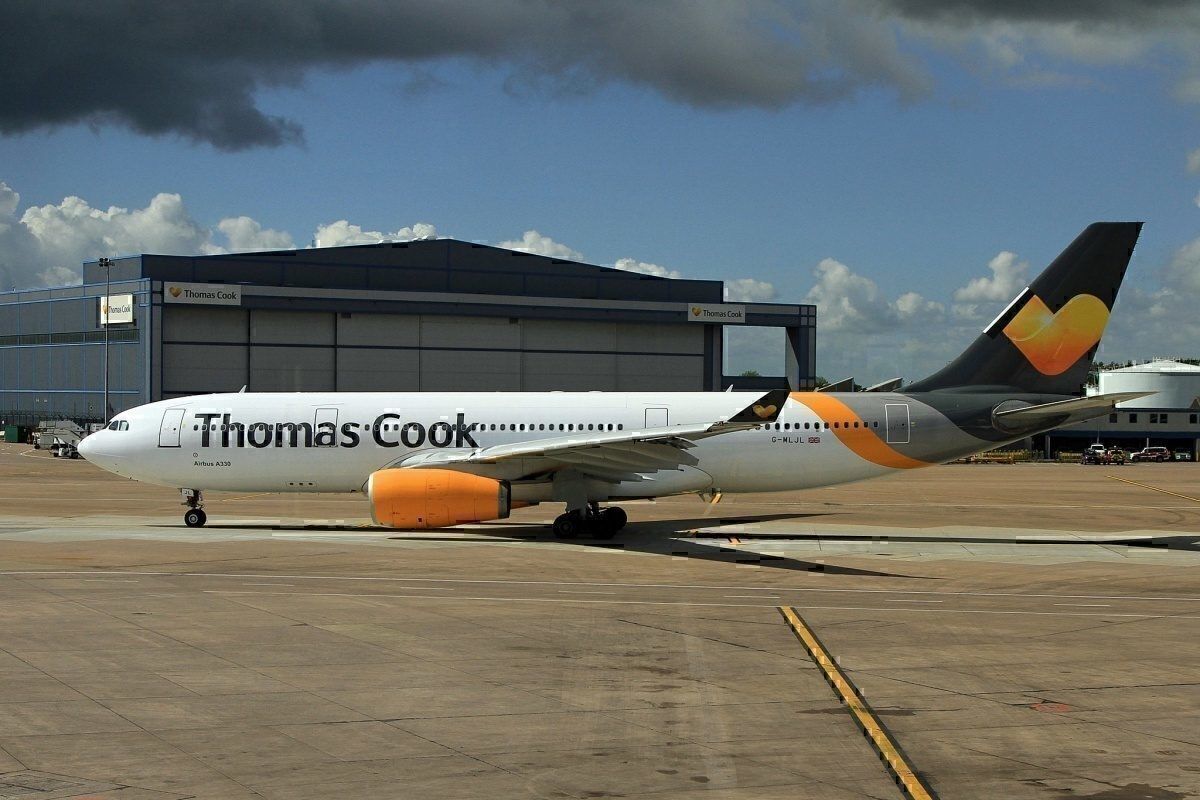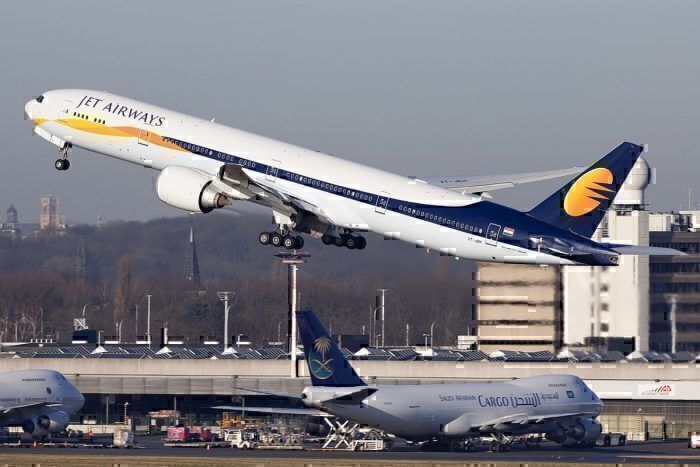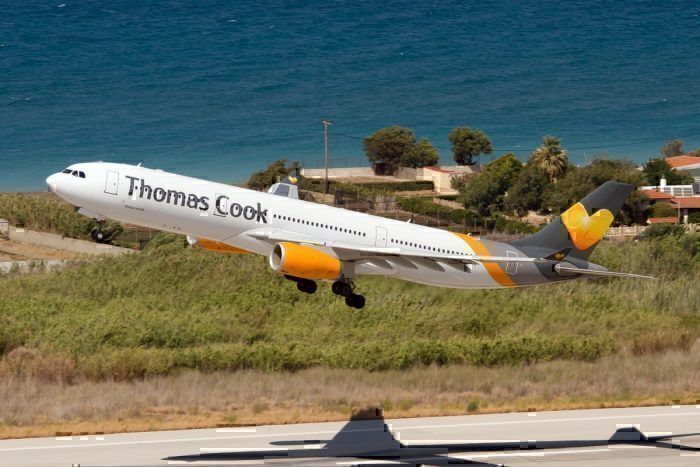September saw four separate airline bankruptcies. Far from simply being small start-ups, a couple of these were well-established airlines with decades of experience in the industry. The knock-on effects of an airline going under can be significant, not only to staff and passengers but also to other businesses within the aviation industry. Even the aircraft manufacturers are affected by airlines going under.
The collapse of Thomas Cook on 23 September sent shock waves throughout the aviation industry. Some 21,000 employees were left without jobs and 600,000 tourists were left stranded abroad as a result of Thomas Cook’s bankruptcy.
The airline’s liquidation meant that £420 million in refunds had to be paid by the Air Travel Organiser Licence (ATOL) scheme.
The bankruptcy of a company in any field can have enormous knock-on effects on the surrounding economy. Other businesses within the same supply chain are susceptible to significant losses and disruption. There’s only so much that can be done to protect people and businesses from the effects of a company going bankrupt.
The effects of an airline going bankrupt
Besides the obvious immediate negative effects on staff and passengers, airline bankruptcy can cause a number of other issues. From the perspective of competitor airlines, a rival going bankrupt is often a good thing. Less competition on a certain route, or within a certain region or country, makes business a lot easier.
Where one airline falls, another will grow to fill the gap left behind. This is especially true when it comes to airport landing slots. Landing slots are individually allocated to airlines, and the more sought-after ones come at a real premium. Kenya Air once sold one of its slots to Oman Air for $75 million.
In the aftermath of the collapse of Jet Airways, Indian airlines scrambled to grab the best ex-Jet Airways landing slots.
The effects of airline bankruptcies on aircraft manufacturers
One aspect of airline bankruptcies that is often not considered is the effect on the aircraft manufacturers.
Airbus and Boeing are both multi-billion-dollar companies, so it might seem unreasonable to suggest that airline bankruptcies can have a detrimental effect on them. After all, neither manufacturer would find it hard to reallocate a newly-built aircraft to another customer in the event of an airline going bust.
However, the main crux of the issue lies in the second-hand passenger jet market. When an airline goes bankrupt, its assets are liquidized and sold off to raise funds to cover debt repayments.
Even if an airline has gone bust, it can still have a young fleet of aircraft. If this is the case, airline bankruptcies can flood the second-hand passenger jet market with cheap, lightly-used aircraft.
Usually, airlines will put a certain amount of flight hours or years of ownership on an aircraft to ensure they get the best value for their money. Bankrupt airlines can end up selling off large fleets of aircraft which are just a few years old to the highest bidder.
This hurts the aircraft manufacturers because it weakens demand for brand new, full-price aircraft.



